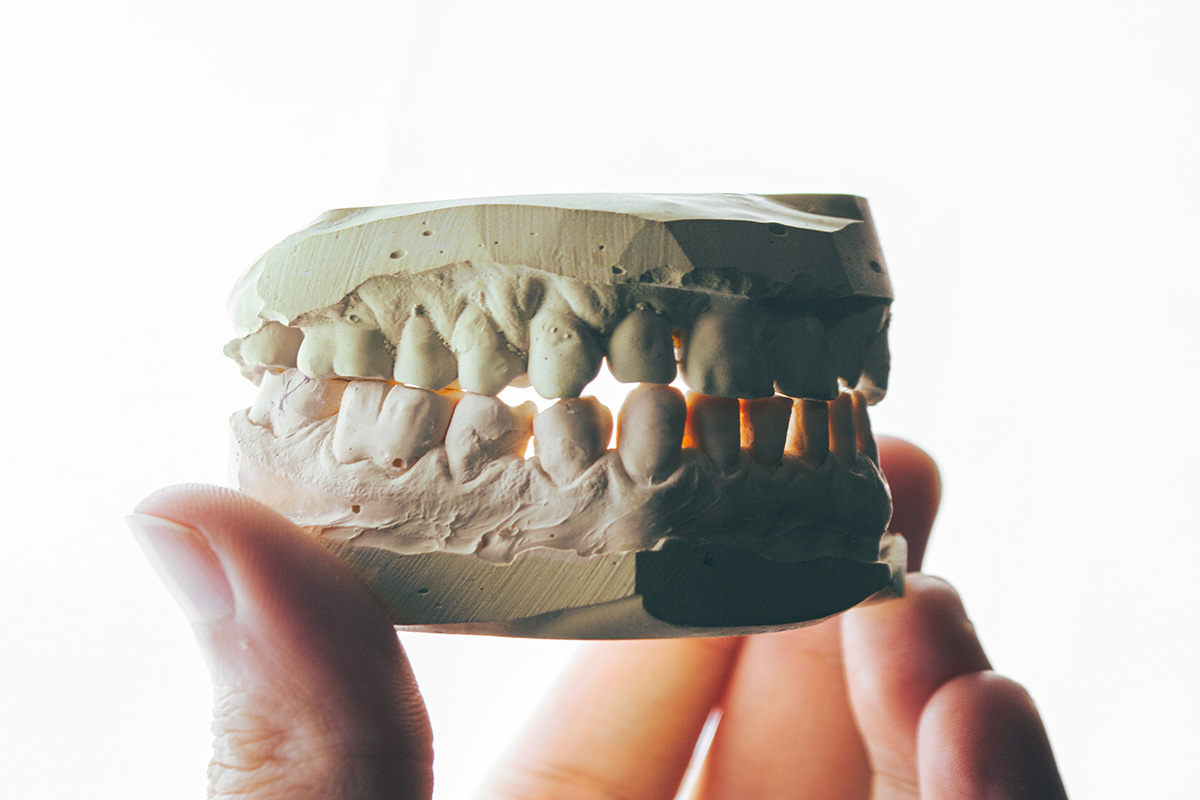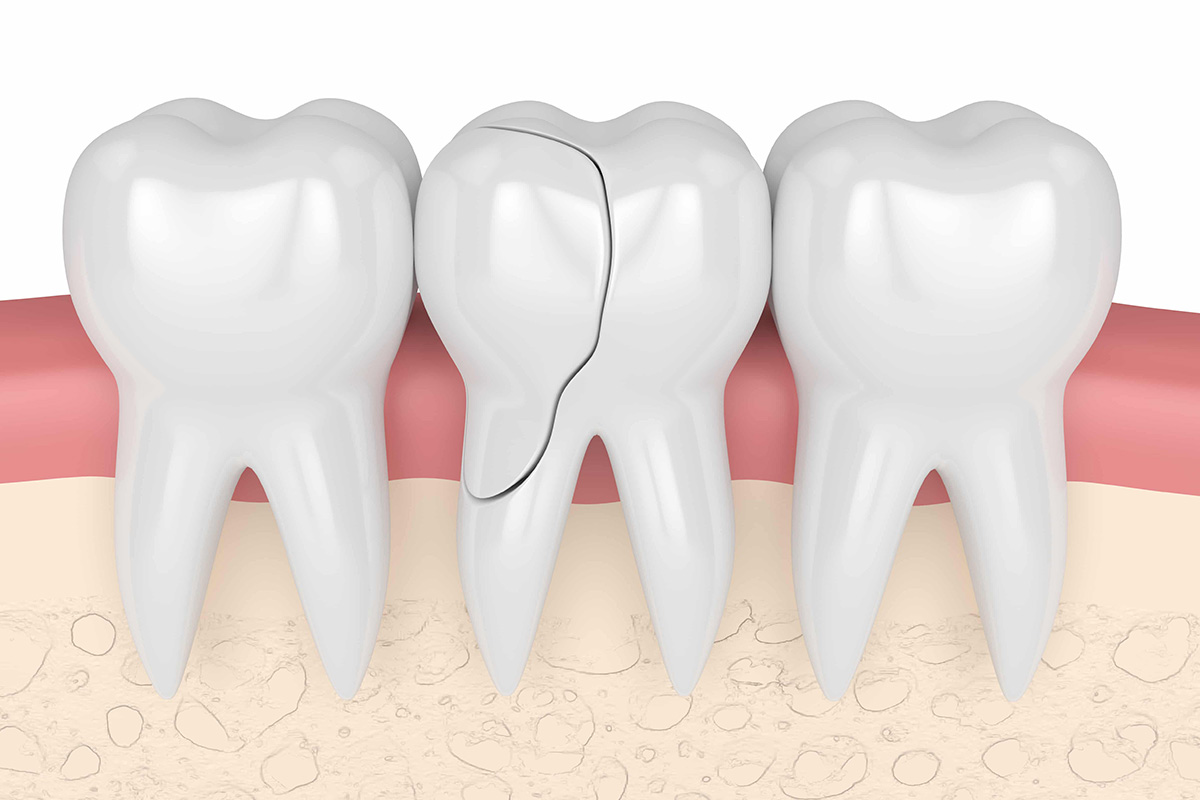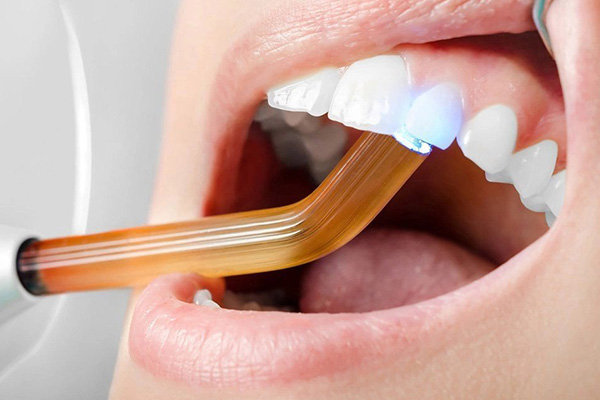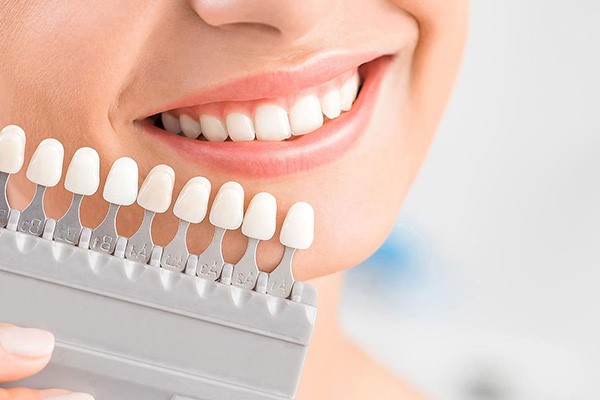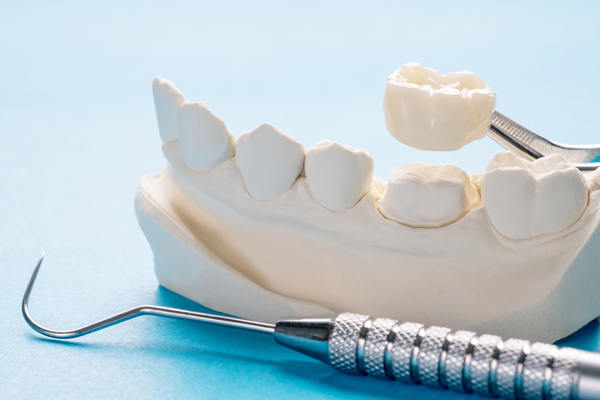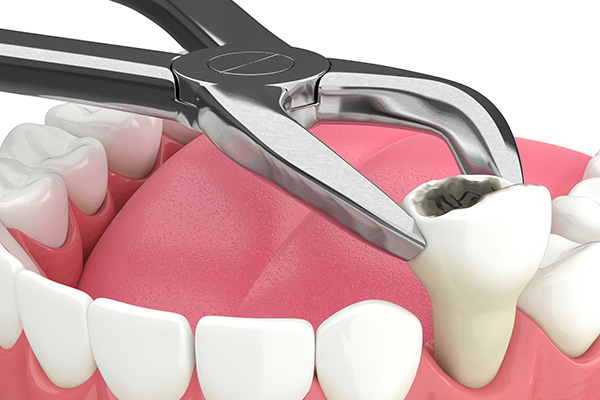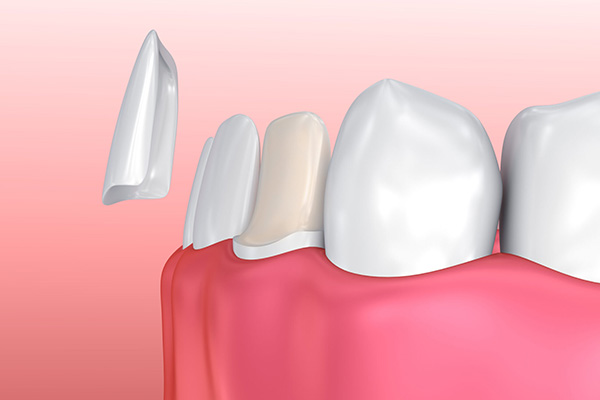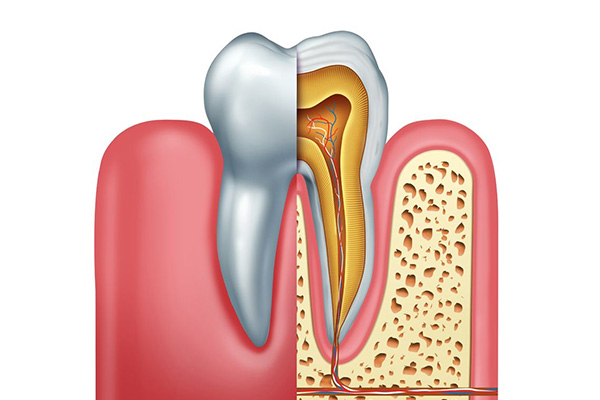Cracked tooth syndrome (CTS) refers to an incomplete fracture of a vital posterior tooth (dentine) that occasionally extends into the innermost layer of the tooth, the pulp. Cracked tooth syndrome is usually considered a type of dental trauma and one of the major causes of dental pain.
A fracture plane has an unknown depth, and if it is left untreated for extended periods, it can pass through the tooth structure and progress to communicate with the pulp and periodontal ligament. That’s why early diagnosis and treatment are really crucial in order to save the form and function of the original tooth structure.
COMMON CAUSES OF CRACKED TOOTH SYNDROME:
- Ageing
- Biting on hard foods, such as ice, nuts, candy, or popcorn kernels
- Teeth grinding habits
- Large dental fillings that weaken the tooth structure
- Trauma, including falls, accidents, sports injuries, car accidents or physical violence
- Sudden blows to the mouth
- Abrupt changes of temperature in the mouth
SIGNS AND SYMPTOMS:
You might have a cracked tooth syndrome if you exhibit one of the following symptoms:
- Sharp pain while biting on a specific tooth, which worsens if the applied biting force is increased.
- A fleeting pain that occurs when the biting force is released from the tooth, which usually happens while eating fibrous foods.
- Pain when grinding the teeth forward or backward.
- Extreme sensitivity to cold beverages or eating cold foods.
- Severe pain when eating hot or sugary substances.
- Discomfort around the gums that is hard to pinpoint.
- Inconsistent pain sensations that often come and go.
DIAGNOSIS OF CRACKED TOOTH SYNDROME:
Successful diagnosis of CTS requires awareness of its existence and appropriate diagnostic tests. However, the symptoms of the fractured tooth are not that obvious, and patients have difficulty identifying the affected tooth. In the diagnosis of a fractured tooth, dentists usually ask about the signs and symptoms of a cracked tooth the patients are experiencing and the reason for its occurrence. They also ask about trauma or injury patients have encountered.
However, a cracked tooth is not always simple to diagnose. If the crack is not visible, the dentist or endodontist will try to make a diagnosis by examining the tooth using a magnifying glass to help to identify cracks. That’s why patients need to see an endodontist if they exhibit any symptoms of a cracked tooth for a thorough evaluation of their teeth. They also evaluate the dental history of patients and know about their teeth grinding habits in order to determine the actual cause of broken teeth.
Endodontists often diagnose a crack by observing a crack line from the perimeter of a fracture plane, which is located on a tooth surface that a dentist can observe. However, observation of the crack lines does not always indicate the fracture plane shape, size and depth. Dentists also apply various other diagnostic procedures in order to determine the cracked tooth syndrome, they:
- Check whether the tooth is broken or knocked out.
- Ask patients to bite down on a stick to see if they feel pain.
- Inspect their teeth for crack lines.
- Examine the gums for inflammation because sometimes, vertical fractures also irritate the patient’s gums.
- Pass a light through the tooth to illuminate the cracks.
- Take an X-ray or radiograph of your teeth to see fractures and other oral issues.
- Use special tools to locate the crack by checking if the tools get caught in the crack.
Cotton rolls can also be used to detect fractures. The patients are typically asked to bite on cotton rolls and suddenly release the pressure. Pain perceived on sudden release of pressure confirms the diagnosis of a cracked tooth.
WHEN SHOULD YOU SEE AN ENDODONTIST?
Anyone who suspects they might have a cracked tooth should make an appointment with a dentist immediately. It is crucial to seek dental care as soon as possible to get treatment for broken teeth and to get rid of pain and discomfort. In the meantime, some home remedies can also help relieve uncomfortable symptoms:
- Rinsing the mouth with warm water to keep the affected area clean.
- Taking over-the-counter medications, such as ibuprofen.
- Using a cold compress against the cheek to help reduce pain and swelling.
The longer a cracked tooth goes untreated, the more difficult it becomes for an endodontist to save it. Moreover, an untreated fractured tooth has a higher chance of complications as well.
TREATMENTS FOR CRACKED TOOTH SYNDROME:
Minor cracks or fractures can often be restored with a filling or a crown. However, deep cracks that involve pulp require root canal treatment and a crown to protect the functionality of the original tooth. In the worst-case scenario, a cracked tooth cannot be repaired, and dentists usually extract such teeth. This occurs when the crack extends into the tooth’s root beneath the bone. Other treatments for CTS usually Involve:
1. BONDING:
It is a cosmetic dental treatment involving a plastic resin material to fill the cracks or fractures. This procedure typically repairs chips, closes down gaps and also changes the shape and colour of a tooth.
2. COSMETIC CONTOURING:
This process is used to treat minor cracks and involves rough edge rounding and polishing that smooths out the broken tooth.
3. CROWN:
The placement of crowns can also treat broken or fractured teeth. It involves a porcelain or ceramic cap that is fitted over the cracked teeth. This dental treatment is recommended when the patient does not have enough natural teeth structure for a veneer.
4. EXTRACTION:
In severe cases, when the tooth fracture has extended the pulp, it no longer remains treatable and is extracted to protect the form and function of the surrounding teeth and in order to stop the spread of infection. This procedure is generally suggested when the root and nerves of the tooth show irreparable damage.
5. VENEER:
Dental veneers are thin coverings of porcelain or plastic shells that go over the visible part of the front tooth. This dental treatment is often used when patients have a good amount of their natural tooth left.


